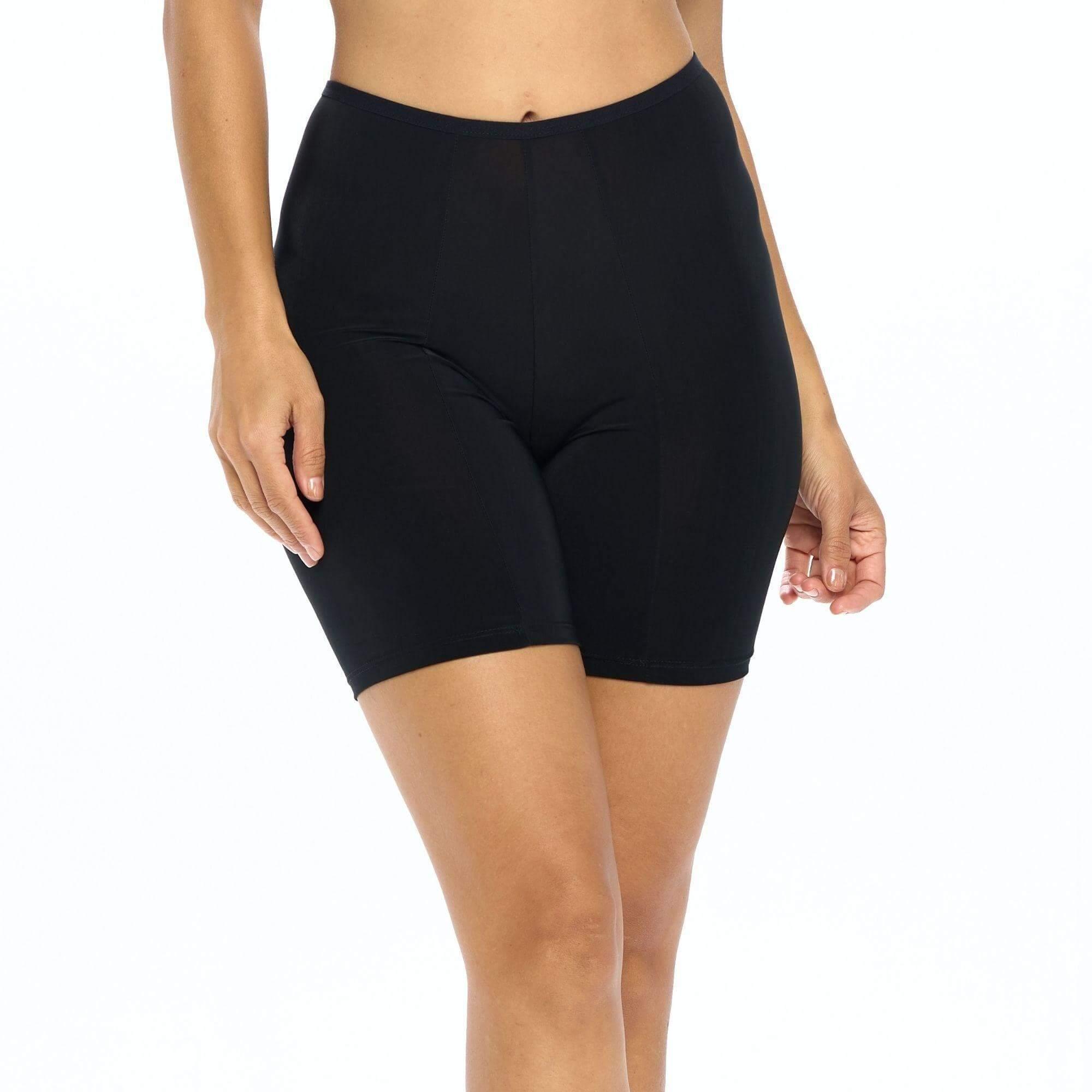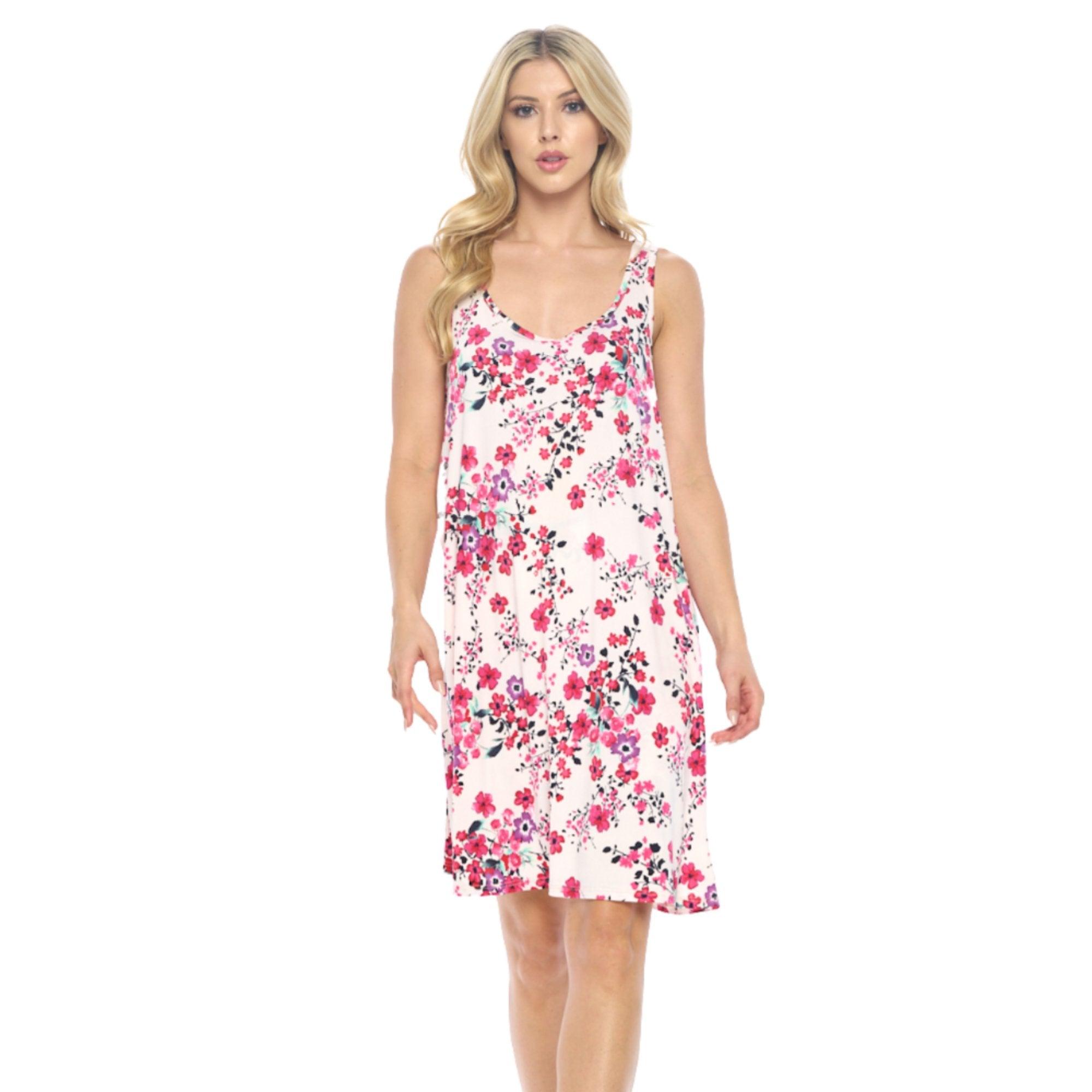Form-fitting clothing has been a fashion trend for decades, and it's not going away anytime soon. Skinny jeans and close-fitting tops have been popular among both men and women for years. But have you ever stopped to think about the uncomfortable consequences of wearing tight pants?
In this article, we'll explore the side effects of wearing tight pants, including health risks. We'll also discuss ways to prevent these consequences and still enjoy the fashion trend of form-fitting clothing.
Side Effects Of Wearing Tight Pants
Let's take a look at some of the most common health risks associated with wearing tight pants.
Acid Reflux
One of the most common health risks of wearing tight pants is acid reflux. Tight pants put pressure on the stomach, which can push stomach acid up into the esophagus, causing heartburn and other symptoms of acid reflux.
To prevent this, wear loose-fitting clothes, especially around your waist. Also, try to avoid eating large meals right before putting on tight pants.
Reduced Blood Flow
Tight pants can also reduce blood flow to your legs, causing numbness and tingling. This is especially true for tight skinny jeans, which can compress nerves and blood vessels.
To prevent reduced blood flow, choose pants that are not too tight and have some stretch to them. You can also try wearing compression socks to improve circulation.
Skinny Jean Syndrome
The skinny jean syndrome is a condition where wearing tight-fitting jeans for a prolonged period can compress nerves and cause pain and tingling in the thighs and legs. This can even lead to nerve damage in severe cases.
To prevent the skinny jean syndrome, avoid wearing tight-fitting jeans for long periods, and take breaks by changing into looser clothing throughout the day.
Tight Belt Syndrome
Wearing a tight belt can also have negative consequences on your health. Tight belts can compress your organs and interfere with digestion. It can also put pressure on your nerves, leading to numbness and tingling in the outer thighs.
To prevent tight belt syndrome, avoid belts that are too tight and do not wear them for prolonged periods.
Skin Irritation
Wearing tight-fitting clothes can lead to skin irritation, especially if you have sensitive skin. Tight pants can rub against your skin and cause chafing and rashes.
To prevent skin irritation, choose pants that have a smooth texture and are made of breathable materials like cotton.
Vaginal Yeast Infections
Tight-fitting pants can also lead to vaginal yeast infections. Wearing tight pants for long periods can create a warm and moist environment, which is perfect for yeast to grow.
To prevent vaginal yeast infections, wear loose-fitting pants and cotton underwear. Avoid wearing tight-fitting pants for long periods and change out of them as soon as possible.
Blood Clots
Wearing tight pants can also increase your risk of developing blood clots, especially if you sit for long periods. Tight pants can compress your veins and impede blood flow.
To prevent blood clots, take breaks by standing up and stretching throughout the day. Choose pants that are not too tight and have some stretch to them.
Ways To Prevent Uncomfortable Consequences
Now that we've explored the uncomfortable consequences of wearing tight pants let's discuss ways to prevent them.
Choose Loose-Fitting Clothes
Choose loose-fitting clothes, especially around your waist. Go for pants that have some stretch to them and are not too tight.
Choose Breathable Materials
When choosing clothing materials, go for breathable fabrics like cotton. These fabrics allow your skin to breathe, reducing the risk of irritation and rashes. They also allow for better air circulation and offer more comfort and flexibility.
Take Breaks Throughout The Day
If you’re wearing tight pants for a prolonged period, take breaks by standing up and stretching throughout the day. This will increase blood flow and reduce the risk of numbness and tingling.
Wear Compression Socks
Compression socks can help improve circulation in your legs and reduce the risk of reduced blood flow caused by wearing tight pants.
Change Out Of Tight-Fitting Pants As Soon As Possible
Change out of tight-fitting pants as soon as possible, especially after sitting for a long period. This will reduce your risk of developing blood clots and other health conditions caused by wearing tight pants.
Avoid Wearing Belts For Prolonged Periods
Belts provide a polished and stylish look, but they can also cause tight belt syndrome if worn for prolonged periods. Tight belt syndrome occurs when the belt is too tight and restricts blood flow to your legs. To prevent this condition, wear belts that are not too tight and avoid wearing them for extended periods.
How Tight Is Too Tight?
When it comes to tight-fitting clothes, there is such a thing as too tight. When choosing pants or other clothing, look for items that fit comfortably. If the fabric feels constricting when you move, then it might be too tight.
Additionally, if your waistband is digging into your skin or you have difficulty breathing, then it’s too tight. If you’re unsure, try on several different pairs of pants and choose the most comfortable ones.
Conclusion:
Wearing tight pants can have negative consequences on your health, including skin irritation, vaginal yeast infections, and even blood clots. To prevent these uncomfortable side effects, choose loose-fitting clothes with breathable materials and take breaks throughout the day. Additionally, wear compression socks and change out of your tight pants as soon as possible to reduce the risk of developing health conditions.
If you do decide to wear skinny jeans or form-fitting pants, Undersummers carries a collection of moisture-wicking and anti-chafing undergarments that will give you a flattering look without visible undergarment lines. Our Slipshorts and Shortlettes are cool and comfortable, and are available in a variety of colors, with or without lace. Check out our website today to find the perfect undergarment for your flattering form-fitting look.









